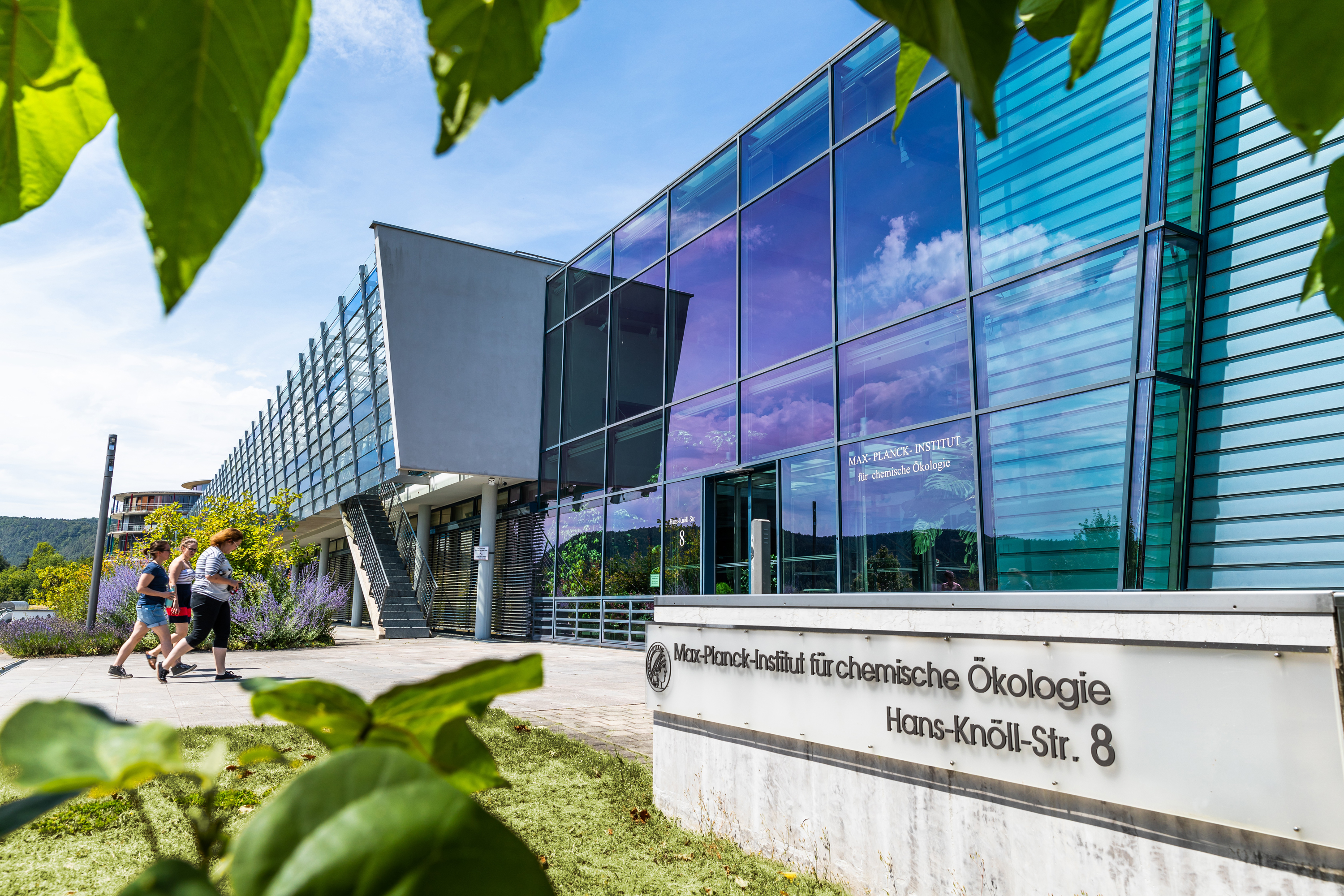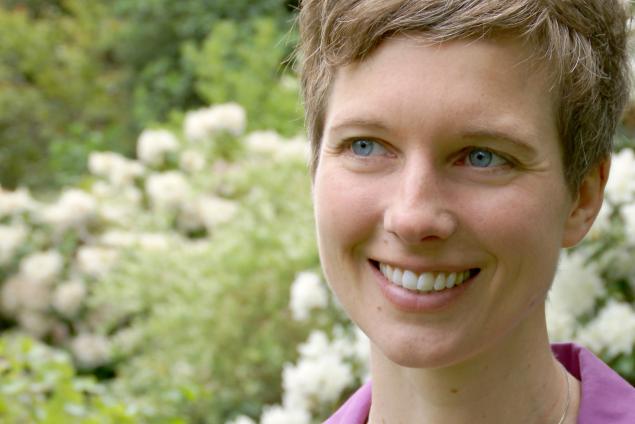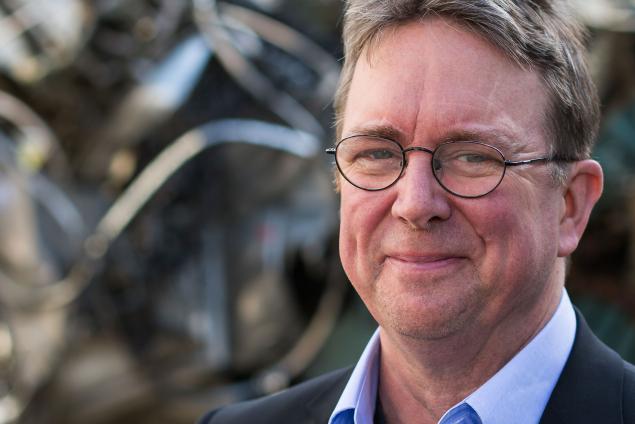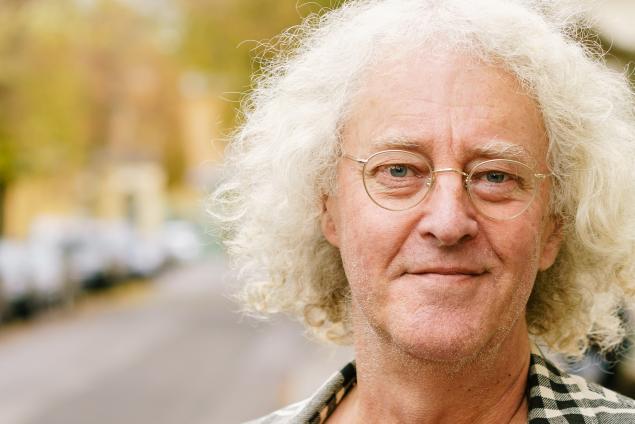Scroll to Section:
The Eurasian forests are an important component in the earth’s climate system: Forests contain a lot of carbon in the vegetation and in the soil. But their role under warming conditions is still unclear – on the one hand, a higher CO2 level in the air acts like a fertilizer for plants that grow and thus store more CO2 in the form of carbon. On the other hand, microbes that like warmer temperatures bring the soil to decompose faster and release even more CO2 and methane. To monitor long-term biogeochemical changes, a German-Russian research collaboration established an observatory in the Siberian taiga. Since 2006, the regional effects of global warming are studied from the Zotino Tall Tower Observatory. As MARTIN HEIMANN explains in this video, two of the main findings of the long-term measurements are that currently the western Siberian forests store more carbon than they release. However, due to the many bogs the region is also a source of methane, another important greenhouse gas.
DOI:
https://doi.org/10.21036/LTPUB10213
Institution

Max Planck Institute for Chemical Ecology
The Max Planck Institute for Chemical Ecology (MPI-CE) investigates how organisms communicate with each other via chemical signals. We study how plants best adapt to their respective environments and identify the chemical compounds they produce to attract pollinators, fend off herbivores and pathogens, or keep unpleasant competitors away. In the course of evolution, insects have adapted to the survival strategies of plants. We therefore analyze the genetics, physiology and behavior of herbivorous insects. Insects also make use of plant substances to protect themselves against predators: They sequester toxic compounds; some insects even signal by exhibiting their bright colors that they should better not be eaten. Microorganisms play a crucial role in the fitness of plants and insects. Some are pathogens, others are symbiotic partners and help to supply nutrients or boost the immune system. We want to determine who plays which role. The MPI-CE was founded in 1996 and is part of the Max Planck Society. Together with Friedrich Schiller University Jena, it runs the International Max Planck Research School Chemical Communication in Ecological Systems, a graduate school for excellent international graduates.
Original publication
The Zotino Tall Tower Observatory (ZOTTO): Quantifying Large Scale Biogeochemical Changes in Central Siberia
Nova Acta Leopoldina NF
Published in 2014
Reading recommendations
Seasonal, Synoptic, and Diurnal-Scale Variability of Biogeochemical Trace Gases and O2 from a 300-m Tall Tower in Central Siberia
Global Biogeochemical Cycles
Published in 2008
Long-Term Measurements of Aerosol and Carbon Monoxide at the ZOTTO Tall Tower to Characterize Polluted and Pristine Air in the Siberian Taiga
Atmospheric Chemistry and Physics
Published in 2013
Inferences from CO2 and CH4 Concentration Profiles at the Zotino Tall Tower Observatory (ZOTTO) on Regional Summertime Ecosystem Fluxes
Biogeosciences
Published in 2014
Sources of and Variations in Tropospheric CO in Central Siberia: Numerical Experiments and Observations at the Zotino Tall Tower Observatory
Izvestiya, Atmospheric and Oceanic Physics
Published in 2016
Assessment of the Regional Atmospheric Impact of Wildfire Emissions Based on CO Observations at the ZOTTO Tall Tower Station in Central Siberia
Journal of Geophysical Research: Atmospheres
Published in 2011
The Carbon Budget of the Northern Cryosphere Region
Current Opinion in Environmental Sustainability
Published in 2010
An Estimate of the Terrestrial Carbon Budget of Russia Using Inventory-Based, Eddy Covariance and Inversion Methods
Biogeosciences
Published in 2012
Beyond
A Ground-breaking Scientific Revolution
An Alarming Challenge for Society
If I Had a Second Life
A Personal Reading Recommendation




